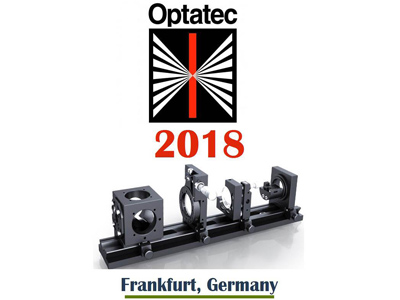The bokeh effect of the anamorphic lens has another distinctive feature. If it is a telephoto anamorphic lens, you can also get the shallow depth of field that a long focal length should have. But at the same time, because of the wide-angle of view effect produced by the deformation, it has the width of the field of view that a conventional short focal length lens has, which facilitates composition and highlights the subject. This visual effect is unique to the anamorphic lens and is used in many movie scenes.
The second major characteristic of the anamorphic lens is lateral "flare". To be precise, its main contributor is aperture diffraction. Some people may ask why it is horizontal. When one looks at the anamorphic lens from the front, its flare is longitudinal. Because all you can observe from the object's surface is the reflected light, the reflection of the cylindrical material is naturally in the high direction. If you pay attention, you will find that the horizontal "glare" continuously follows the position of the point light source. The real glare will not be in this form but will be approximately symmetrical to the light source and the center of the screen.
When the cylindrical lens is viewed from the direction of the object, the aperture (entrance pupil) becomes a vertical oval. This makes the otherwise uniform diffraction in all directions (assuming a circular aperture) into a more concentrated pattern. The deformed shape of the entrance pupil concentrates the diffracted light in the horizontal direction, so a very obvious "glare" is formed. The larger the anamorphic lens coefficient, the greater the deformation of the entrance pupil, and the more concentrated the diffraction caused.
Aspect ratio distortion, blur distortion, and lateral diffraction can all be said to be the unique characteristics of an anamorphic lens. As for the glare caused by the occasional Fresnel reflection in the lens group, it is a phenomenon formed by deliberately not applying an anti-reflection coating. Some classically positioned cine lenses will adopt such a strategy. After all, "the sense of movie" is a very subjective feeling, and there are also vignetting and so on.
Overall, the advantages of an anamorphic lens far outweigh the disadvantages. Especially for film shooting, its effect is irreplaceable. But for civilian models, there may be problems with body image stabilization and anamorphic lens, resulting in obvious jitter. In addition to that, if hardware provisioning is not supported, its performance cannot be maximized. Therefore, in general, the positioning of the anamorphic lens is still professional. If you want to play, you must have a stable mentality and tolerate the small problems that it may have. At least the visuals it offers are unique.

 Call us on:
Call us on:  Email us:
Email us:  R&D Center: Aoti Street #68 Building 4A 405 International R&D park, Nanjing
R&D Center: Aoti Street #68 Building 4A 405 International R&D park, Nanjing









 English
English  cn
cn  de
de  es
es  fr
fr 


